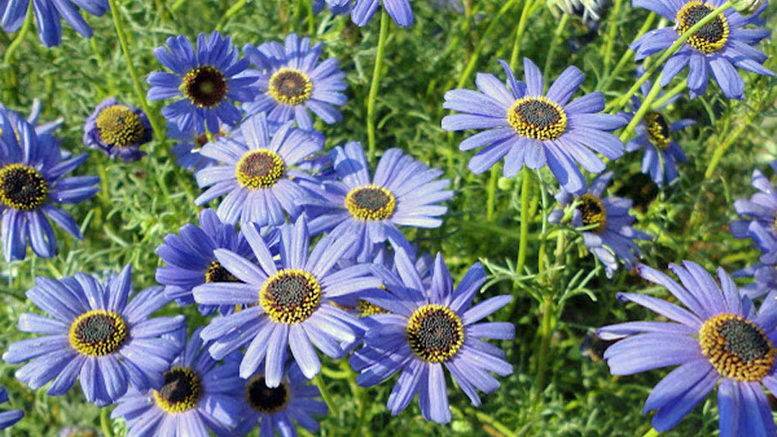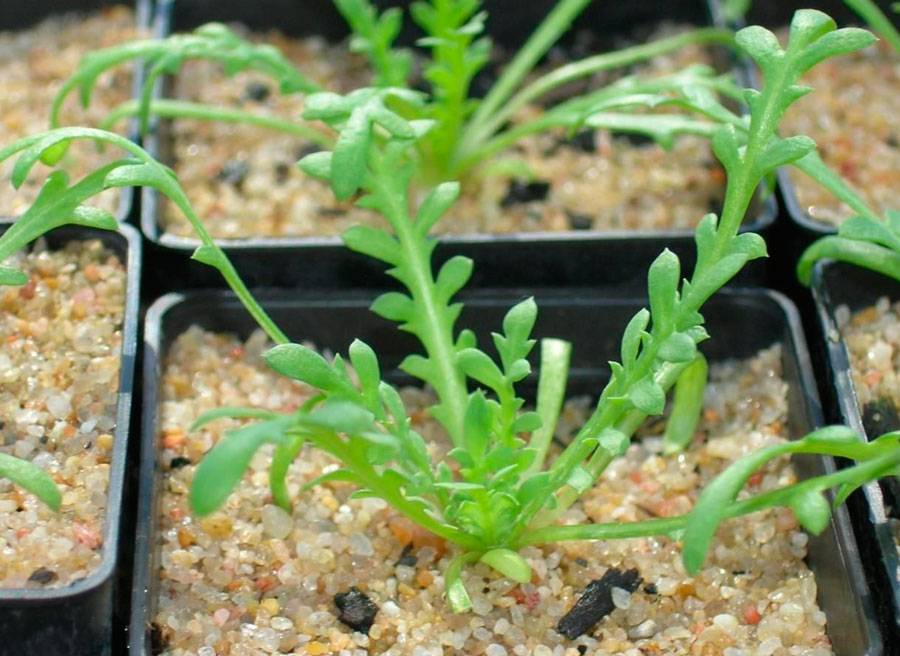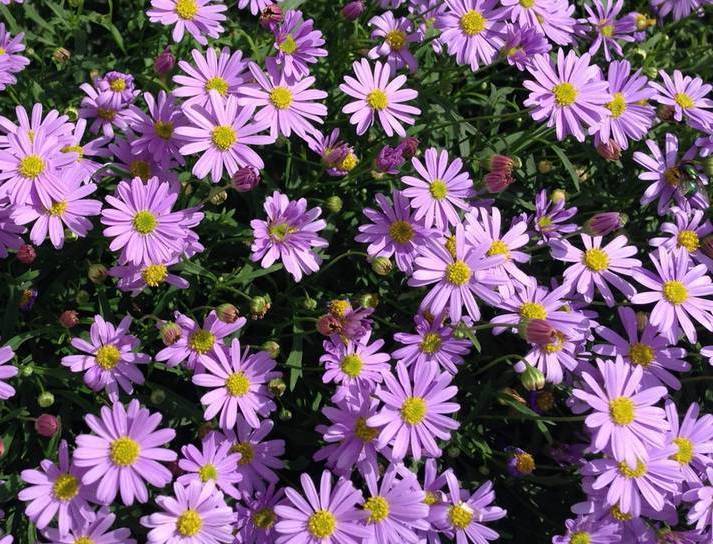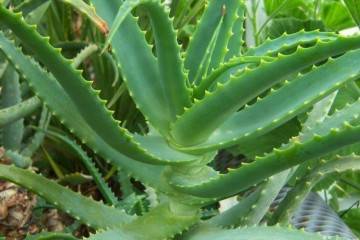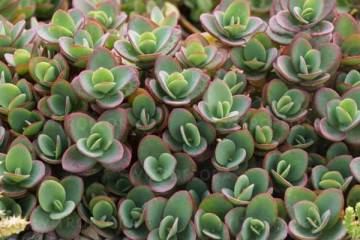Brachikoma Iberisoliferous - description of the plant
Content:
Brachikoma Iberisolistnaya is a beautiful decorative culture that belongs to the Astrov family. This attractive plant is an annual that grows well in hot regions, but does not tolerate cold weather. Therefore, it is grown in seedlings or at home.
What does the brachycoma iberisoliferous look like?
Brachycoma (Brachycome Iberidifolia) has excellent decorative properties, which allows it to be used in landscape design. Before planting a culture, it is worth studying its description.
Today there are about a hundred species of this culture. However, the most attractive variety is considered to be the Iberolian.
Plant characteristic
The culture has straight stems, which are complemented by many branches. There are up to 100 flowers on 1 bush. The leaves are characterized by a rich green color and are finely dissected. Openwork bushes reach a height of 15-40 cm.
Flowering lasts from June to October. During this period, the culture is decorated with small baskets that do not exceed 3 cm in diameter. They are characterized by a refined aroma.
The most popular varieties of brachycoma
The culture has many varieties. So, the brachikoma Blue sissy is distinguished by inflorescences of the corresponding color, and Vinta Splender has white flowers.
- Blue Star. This is a blue brachycoma. It is a climbing crop that has bright blue reed buds.
- Waltz. This category includes a series of varieties. For brachycoma Waltz, blue, lilac, pink inflorescences are characteristic.
- Bravo Mixed. This is a German series that includes 6 varieties. They have ligulate inflorescences of different colors.
- Summer Skies. This culture is characterized by delicate edged petals in a pastel palette.
- Purple Splendour. This popular variety is characterized by complex inflorescences. The size of the baskets is 3 cm. The lingual petals are distinguished by a bright purple color.
How brachycomas reproduce
If brachycoma is chosen, the cultivation of the crop has certain characteristics. It is usually planted by seed.
Growing from seeds
In most cases, the flower is grown for seedlings. In this case, flowering begins 70-80 days after the emergence of the shoots. Sometimes the culture propagates by self-seeding.
A variety of containers are used for growing crops - boxes, cups. From above, they should be covered with foil or glass.
Before planting the seeds of a brachicoma flower, it is worth watering the soil with a light solution of potassium permanganate, then laying out the planting material and lightly pressing it to the surface of the soil. From above you need to sprinkle the bed with coarse sand, pour it with a spray bottle and cover with glass or film.
Until sprouts appear, containers must be kept at a temperature of 22 ° C. After 1-2 weeks, the seeds will begin to germinate. At this stage of planting, it is worth taking out to a lighted place and removing the film.
During this period of growing brachycoma from seeds, it is worth systematically watering and carefully loosen the soil. It is recommended to moisten the soil through the pallet. You can also spray on delicate plants.
When 2-3 true leaves appear on the bushes, you can dive. Plants are very fragile and should be done carefully. If the necessary skills are not available, the plant is immediately planted in peat containers.
Landing in open ground
At the end of May, the bushes are planted in open soil, observing an interval of 20 cm. If a brachicoma is grown, planting and care in the open field implies compliance with certain rules.
The culture must be planted with a clod of earth in a well-lit place. High-quality drainage must be placed at the bottom. The flower can hardly tolerate excess moisture.
Cuttings
The crop can be grown as a perennial plant. In this case, it is worth using cuttings. For this, the main plant should be moved indoors for the winter. Shoots should be cut in half.
The bush should be placed in a bright and cool place and occasionally watered. In the spring, cuttings should be cut and placed in the substrate. In May, the crop is moved to open soil or containers.
Is it possible to plant a plant in a pot
This method is perfectly valid. To do this, it is worth preparing a container of 20 cm in size.The soil should include the following components:
- 1 piece of leafy land;
- 2 parts of humus;
- 1 piece of turf;
- 1 part sand.
Features of care in the garden
If a brachicoma is being grown, planting and grooming is of utmost importance. Culture needs to be provided with good conditions.
To grow a culture, you need to take into account that it loves light and warmth, therefore, it is necessary to plant bushes in a lighted area. Sometimes the flower can grow in partial shade.
The plant requires a nutrient soil with a slightly acidic reaction. It is best to choose loose and light soil. Heavy soil for a flower will not work. Also, the flower can hardly tolerate excess moisture. This provokes rotting of the root system or stem.
Watering
The brachycoma plant does not need abundant watering. For moisturizing, it is recommended to use warm water heated in the sun. This should be done in the morning or evening.
Mulching
After moistening the soil, the beds should be covered with a mulch layer. For this, leaves or sawdust are used. During the precipitation period, it is worth sprinkling the bushes with ash. This will help protect your garden beds from snails.
Loosening
After moistening, the soil must be loosened. This procedure provides air access to the root system. Excessive fluid leads to decay.
Top dressing
The plant does not require frequent fertilization. It is enough 3-4 times during the season to feed the crop with complex fertilizer.
Transfer
The transplant is carried out when the stem and roots rot. In this case, it is worth making high-quality drainage in a new place and moving the culture.
Pruning
To make the bush more lush and stimulate its flowering, you need to pinch the top.Timely removal of wilted flowers is of no small importance.
Preparing for winter
In areas with a harsh climate, the crop is grown as an annual. Can be planted in pots. This will provide additional bloom. By autumn, the bush will sprout, which will bloom for the New Year holidays.
When and how it blooms
This plant is characterized by a lush and beautiful flowering, which makes it possible to use it for decorating areas.
Types of flowers
Depending on the variety, the culture may have different inflorescences - white, blue, purple. There are also lilac, pink, purple buds.
Flower shapes
The inflorescences are a basket with a diameter of about 3 cm. It includes 2 types of flowers - ligulate and tubular.
Changes in care during flowering
In order for the brachycoma to bloom as long as possible, it must be systematically pruned. At the same time, dry shoots and wilted buds are removed.
Possible growing problems
The plant is considered very unpretentious. However, sometimes flower growers are faced with pathologies and pests.
Pests
Brachycoma suffers from garden snails. They need to be collected by hand. There is also a risk of damage to the bushes by the whitefly, which eats leaves and stems. In this case, it will not be possible to do without chemistry.
Diseases
With excessive watering, rotting of the plant is observed. In this case, you will have to transplant the culture and remove the affected stems.
Signs of improper care
If you take care of the flower incorrectly, there is a risk of negative consequences:
- decay of culture;
- yellowing of the leaves;
- the appearance of dark spots and dots on the plant;
- falling buds.
Use in landscape design
The flower is considered versatile and attractive. It can be grown in flower beds. Culture also serves to decorate curbs or balconies. It can be combined with ursinia, coreopsis, rudbeckia.
Brachikoma is a wonderful culture that is actively used in garden decor. In this case, the flower needs to be provided with quality care.
